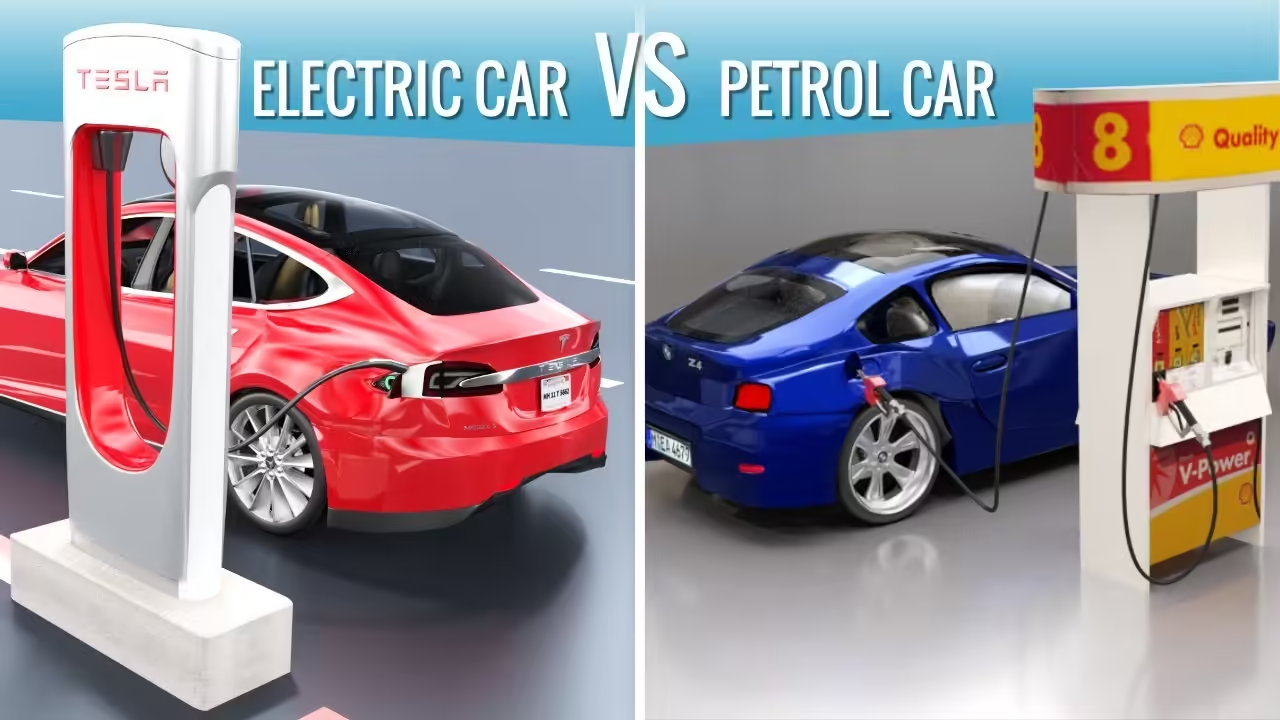India’s urban consumption slowdown, and it’s making waves across the economy. Some of India’s largest companies, like Nestle, Hindustan Unilever (HUL), and Maruti Suzuki, reported weak results for the second quarter of the financial year 2025 (FY25). But what does this mean for India’s economic growth? Let’s dive into the reasons behind this Urban consumption slowdown and what it could mean for the future.

Article Highlights
How Bad is the Slowdown?
The urban consumption slowdown is more severe than expected. According to the Finance Ministry’s Monthly Economic Report, volume growth in the fast-moving consumer goods (FMCG) sector fell sharply, dropping from 10.1% in Q1 to just 2.8% in Q2 of FY25. Leading companies struggled to show growth:
- Nestle India and HUL posted flat revenue growth and saw their profits decline.
- Maruti Suzuki, the biggest car maker in India, reported a 4% drop in domestic sales, with profits falling by 17%.
These companies blame weak demand, particularly from urban middle-class consumers, as the main reason for this drop.

What’s Causing the Drop in Demand?
Several factors are behind this fall in demand:
- Slowing Urban Income Growth: Income growth for urban consumers has been low, impacting people’s ability to spend. According to Nomura, the wage growth of listed non-financial companies in Q2 FY25 was just 0.8%, a major decline from 10.8% growth in FY23. Lower wage growth means less money for shopping, dining out, and other discretionary spending.
- Reduced Hiring and Wage Freezes in the IT Sector: The IT industry, a major employer in urban areas, has reduced hiring and gone easy on wage hikes. Layoffs and fewer salary increases are making people cautious about spending.
- High Food Inflation: Rising food prices are hitting people’s wallets hard. With higher grocery bills, many lower-middle-class families are left with less disposable income for non-essential purchases.
Contrasting Data: Premium Goods Still Selling Strong
While mass consumption items are struggling, some data shows that premium products are still selling well. October’s Goods and Services Tax (GST) revenue was the second-highest ever, and companies like Apple reported record sales in India. Experts say that while mass-market items are facing weak demand, high-end products are seeing steady sales, a trend known as “K-shaped demand.”
How Does This Impact Economic Growth?
Private consumption is a major part of India’s economic growth. When consumer spending drops, it directly impacts growth. Policymakers hope the slowdown is temporary and expect that strong festive demand might lift consumption. However, if spending does not pick up, the Reserve Bank of India (RBI) may have to lower its growth forecast from the current 7.2% for 2024-25.
Unfortunately, with private investment and exports also facing challenges, public spending may be the only significant driver of growth in the near term.
What Can the Government Do?
The government has limited options. One strategy is to put more money in people’s hands, hoping that will boost spending. In the latest Union Budget, the government reduced income tax rates for the middle class to encourage spending. Some state governments are also offering cash transfers to citizens, which economists estimate to be around Rs 2 trillion annually. However, experts say that true improvement in urban consumption slowdown will only happen if consumer confidence rises, which depends on job stability and better wage growth.
Wages and Inflation Pressures Are Adding to the Problem
Listed non-financial companies saw a decline in real wage growth, which dropped to 0.8% in Q2 FY25 from 1.2% in Q1. Persistent food inflation remains a worry for the RBI, as high prices reduce purchasing power. Moreover, international challenges, like trade barriers in the US and low demand in Europe, are hurting Indian exports, which is adding to economic uncertainty.
RBI Governor Shaktikanta Das recently noted that it’s too early to consider cutting interest rates, as inflation remains high. He highlighted the positive factors, like steady domestic demand and lower input costs, that are helping the manufacturing and services sectors.
Rural Demand: A Silver Lining
While urban demand has softened, rural areas show some optimism. The Ministry of Finance’s September review noted stronger rural demand, supported by higher FMCG volume sales and increased sales of tractors and three-wheelers. Still, this boost in rural spending is not enough to offset the larger slowdown in urban areas.

Conclusion: What Lies Ahead for India’s Economy?
The urban consumption slowdown is a big concern for India’s economy. Private consumption is a key driver of growth, and if urban spending doesn’t bounce back soon, it may force a downward revision in the country’s growth forecast for 2024-25. Public spending might need to step in as a temporary fix, but for long-term stability, jobs and income growth must improve.
Policymakers are counting on a festive season rebound to bring back consumer confidence. But if that doesn’t happen, India’s growth might slow down further, impacting everyone from small businesses to big corporations.
Missing the Magic of Bollywood Comedy Classics: Nostalgic Look Back at Garam Masala, Bhagam Bhag & Dhamaal
The mid-2000s era of Bollywood comedy classics brought audiences laughter, joy, and a sense of timeless entertainment. Films like Dhol (2007), Dhamaal (2007), Welcome (2007), … Read more
Electric Vehicles in India: Challenges to Consider Before Buying EVs
India is buzzing with excitement over electric vehicles (EVs). These cars and bikes, powered by electricity instead of petrol or diesel, promise a cleaner and … Read more
6 YEARS OF THE STATUE OF UNITY: BUDGET OF 3000CR “INVESTMENT OR WASTED”?
When the towering Statue of Unity was unveiled 6 years ago(31st October,2018), critics questioned its purpose and price tag, asking, “Is a colossal statue really … Read more


